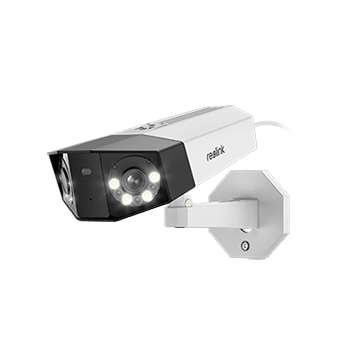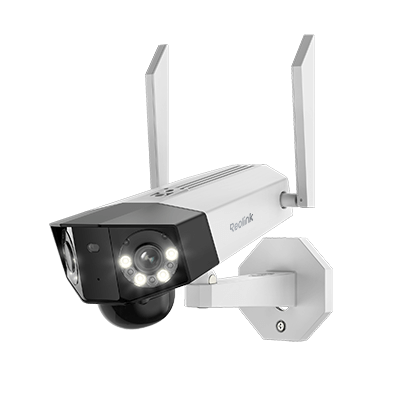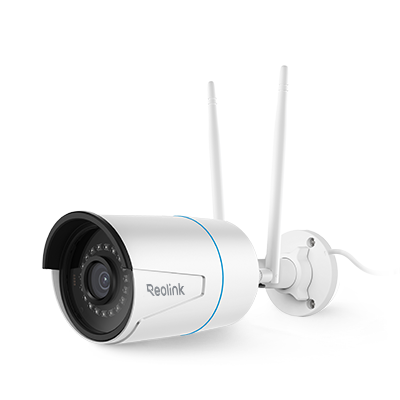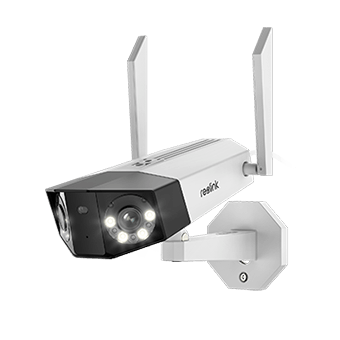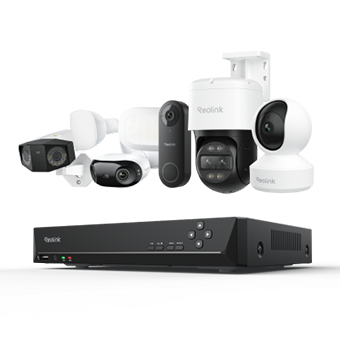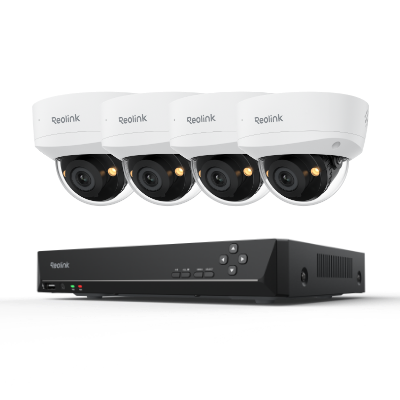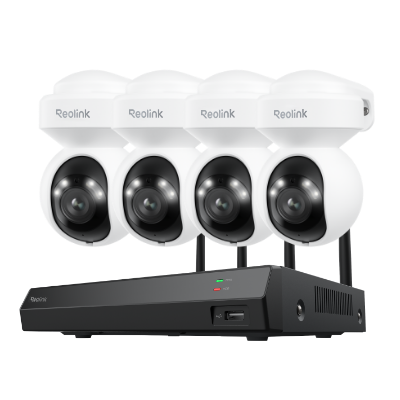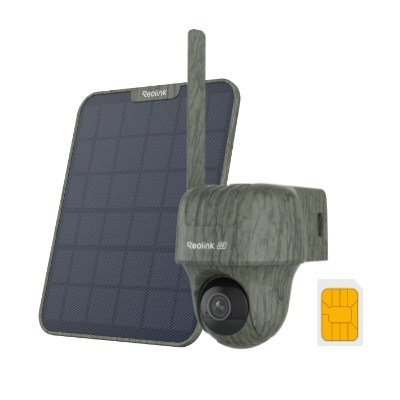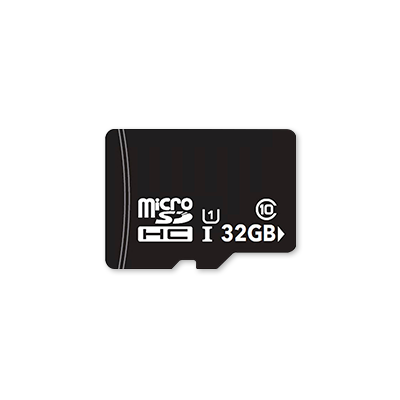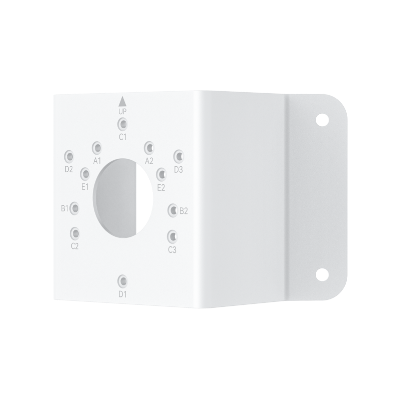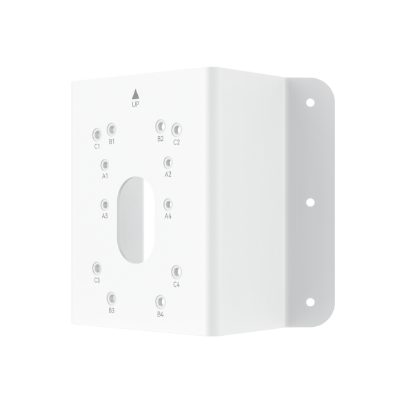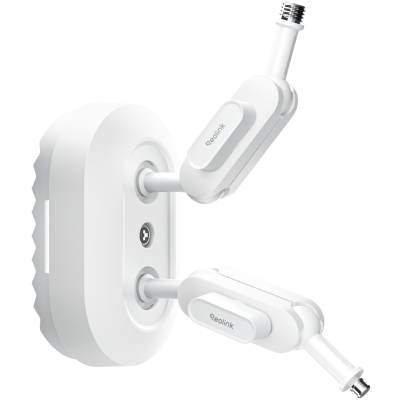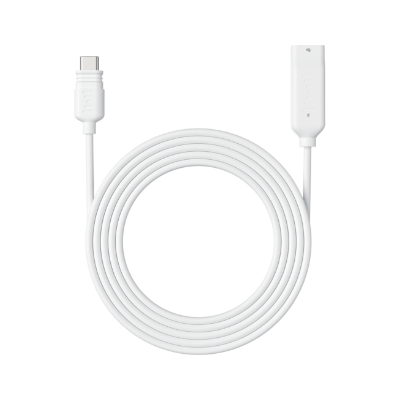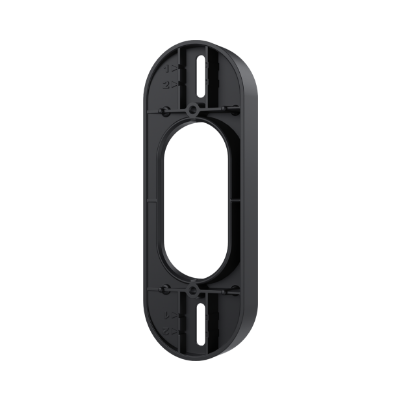Going Solar: The Ultimate Guide to Solar Energy for Your Home

Solar energy has become popular among homeowners looking to reduce their carbon footprint and save money on energy bills. By harnessing the power of the sun, homeowners can generate clean energy and significantly reduce their reliance on fossil fuels.
In this comprehensive guide, we’ll cover everything you need to know about using solar power for your home. From the cost and installation process to maintenance and the pros and cons of solar energy, we aim to provide you with the information you need to decide whether the technology is right for you. So, let’s dive in and explore the world of solar energy!
- How Solar Energy Works
- Utilizing Solar Energy at Home: Pros and Cons
- Get Fully Prepared to Go Solar: Step-by-Step Guide
- The Importance of Finding A Reputable Solar Installer
- How Much Does It Cost to Go Solar
- How a Homeowner Decided to Go Solar: A Real-Life Case Study
- Tips on Choosing A Reliable Solar Panel Brand
- How to Maintain Your Home Solar System
- Conclusion
How Solar Energy Works
Solar energy works by harnessing the power of the sun to generate electricity. This process begins with solar panels, which are made up of photovoltaic cells designed to capture the energy from the sun’s rays.
When sunlight hits these cells, it excites the electrons within them, creating a flow of electricity. This electricity is then sent to an inverter, which converts it from direct current (DC) to alternating current (AC), the type of electricity used in homes and buildings.
The energy generated by solar panels can be used in a few different ways. It can be used immediately to power the electrical devices and appliances within your home or stored in batteries for later use.
Alternatively, excess energy generated by solar panels can be sold back to the power grid, allowing homeowners to earn credits or money for the energy they produce.
Utilizing Solar Energy at Home: Pros and Cons
As with everything, using solar energy to power your home has merits and demerits. Understanding these pros and cons can help you decide whether to go solar.
Advantages of using solar energy at home
1. Environment-friendliness
Solar energy is praised chiefly due to its environmental friendliness. Harnessing the sun’s power allows homes to generate electricity without relying on fossil fuels or emitting harmful greenhouse gasses. This lowers the home’s carbon footprint and helps combat climate change.
2. Cost-effectiveness
Although initial investments for solar panels may be high, a solar-powered home can save significant money on energy bills over time as they generate their electricity and are less reliant on the grid. Sometimes, homeowners can sell excess energy back to the grid, further reducing their costs.
3. Good for remote areas
Solar energy can be used in remote locations where connecting to the grid is difficult or impossible.
4. Increased home value
Installing solar panels can increase the value of a home, as it is seen as a valuable and sustainable feature.
Disadvantages of using solar energy at home
1. High upfront costs
The initial investment for installing solar panels can be high, which may discourage several homeowners.
2. Dependence on weather conditions
Solar panels require sunlight to generate energy, so they may not be as effective on cloudy or rainy days.
3. Increased maintenance costs
Solar panels require regular maintenance to ensure they are working properly and efficiently. This may include cleaning the panels, checking for damage, and repairing or replacing parts as necessary.
4. Space requirements
Solar panels require a significant amount of space, which may not be feasible for all homeowners depending on the size and layout of their property.
Get Fully Prepared to Go Solar: Step-by-Step Guide
Once you have decided to go solar, there are some steps you need to take before you complete the process.
1. Determine your energy needs
You should review your previous electricity bills and see how much power you use on average. This would help when planning the size and capacity of your solar system later.
You should also consider whether you need to make any energy efficiency improvements to your home, such as upgrading your insulation or appliances.
2. Estimate available sunlight in your location
It is crucial to consider the amount of sunlight your home receives regularly. This will affect the efficiency of your solar panels and could impact how much energy your system can produce.
It’s also important to consider the orientation and angle of your roof and any potential shading from nearby trees or buildings.
3. Learn about solar incentives
Depending on where you live, you may be eligible for some financial incentives that can lower the cost of investing in solar energy for your home. These may include federal tax credits, state rebates, local grants, or net metering programs that allow you to sell excess power back to the grid.
4. Consider your financing options
You have several ways to pay for your solar system, such as buying it outright, leasing it from a solar company, or signing a power purchase agreement (PPA) that lets you pay only for the electricity you use. Each option has pros and cons, so you should compare them carefully and choose what works best for your budget and goals.
5. Get quotes from at least three companies
Once you have an idea of how much power you need and what incentives are available, you should contact several reputable solar installers in your area and ask them for quotes. You should compare their prices, warranties, equipment quality, and customer reviews before making a decision.
6. Pick out your panels and other equipment
After choosing an installer, you should work with them to select the best solar panels and other components for your system. When choosing your solar panels, you should consider features such as efficiency, temperature coefficient, and warranty.
7. Apply for permits and fill out utility paperwork
Before installing your system, you need to obtain the necessary permits from your local authorities and notify your utility company about your plans. Your installer should help you with this process and handle most of the paperwork.
8. Get your panels installed
Finally, after everything is ready, your installer will schedule a date for installing your system on your roof or ground mount. The installation usually takes one or two days, depending on the size and complexity of your system.
The Importance of Finding A Reputable Solar Installer
Finding a reputable solar installer is critical to ensuring your solar energy system is installed safely and efficiently. Solar panel installation can be a complex process involving many technical considerations, so working with a professional with the necessary experience and expertise is important.
Service fees and proximity will mainly influence your choice of an installer. The installation company will help you ensure your panels are positioned for optimal energy production and may even provide maintenance and support services for your system. Some can also help you navigate the permitting and regulatory requirements necessary for installation.
If you are the DIY type, you can choose to handle the installation yourself with the aid of online guides. However, we wouldn’t advise it unless you’re quite confident with this work.
How Much Does It Cost to Go Solar
While one of the aims of switching to solar energy is to reduce your energy bills, it can still be expensive to set up and maintain the solar system, depending on your options.
There is no accurate estimation as the cost of setting up a solar power system is affected by several factors, including the type of solar panel, solar company, installation cost, and even government incentives.
According to Forbes, solar panels cost between US$3,500 to US$35,000 and US$16,000 on average. Monocrystalline and Thin-film solar panels are usually more expensive, and setting up a 6kW solar panel system with either of the options costs between $6,000 and $9,000 on average.
On the other hand, setting up a 6kW solar panel system with cheaper and less energy-efficient polycrystalline panels is around $5,400 and $6,000 on average.
Installing solar panels also has its price. The installation will usually set you back between $15,000 and $25,000. The pricing is influenced by the number of solar panels to be set up and the availability of sunlight in your location.
Additional costs may include grid connection fees, maintenance fees, and upgrade/replacement fees which often vary.
Remember, this is only an estimate, as different factors affect pricing. Ask solar providers in your area for a more accurate quote. You can also look into tax incentives or rebates that can help offset some of the costs of installing solar panels.
How a Homeowner Decided to Go Solar: A Real-Life Case Study
A home solar power system can be used to run a wide range of appliances in your house once you get it installed.
Depending on the size, power output, and configuration of your system, you can use it to run big-ticket items such as refrigerators, washers and dryers, dishwashers and microwaves – even large flat-screen TVs! You may also be able to run smaller appliances such as computers, lights, home security cameras, etc.
Many homeowners succeeded in powering their home appliances with a home solar system, including John Smith.
John lives in a suburban neighborhood in Austin, Texas and always considered installing a home security camera system that would be powered by solar energy, because this can help reduce energy bills and make sure his camera can function even during power outages.
After conducting thorough research, he decided to install a solar panel and battery backup system.
Step 1: Determine the power requirement
First, John determined the power requirements of his camera. He found that his camera required 12V DC and had a power consumption of 6W. To calculate the current required, he divided the power by the voltage: 6/12 = 0.5A.
Step 2: Choose a battery
John needed to choose a battery that would store enough power to run his camera all the time. He decided to use a deep-cycle battery that can be charged and discharged repeatedly.
He found that his camera had a power consumption of 6 watts and expected it to run for 24 hours. To calculate the total energy required, he multiplied the power by the time: 6 x 24 = 144 Wh
Next, John needed to convert the watt-hours(Wh) to amp-hours(Ah), which is the unit used to measure battery capacity. To do this, he divided the watt-hours by the battery voltage (12V DC): 144/12 = 12 Ah.
So, John knew that his camera would consume 12Ah of energy a day. He chose a deep cycle battery with a voltage rating of 12V DC and a capacity of 100 Ah to make his camera work for a long time.
Step 3: Select a solar panel
To adequately charge the battery, John had to use a solar panel with equal or greater voltage output, which was at least 12V.
John chose a 70W solar panel based on the power requirements of his camera and the amount of sunlight available in his location.
To ensure the solar panel has enough output, he checked the average daily sunlight hours in his location and found that he could expect approximately 5 hours of peak sunlight per day. To calculate the daily energy output, he multiplied the wattage of the solar panel by the peak sunlight hours: 70 watts x 5 hours = 350 Wh.
Since John knew that his camera required 144Wh per day, he thought the 70W solar panel was quite enough after considering various losses associated with the system.
To connect the solar panel to the battery, John used a solar charge controller that was designed to regulate the flow of power from the solar panel to the battery.
After installing the system, John tested it to make sure that the solar panel was generating enough power to charge the battery and power his camera. And things went on well. Now John was ensured his camera would always monitor his property regardless of power outages.
Bonus Tips: For those who are using PoE cameras, it’s necessary to add a PoE injector or PoE switch to the system for network connection. Besides, if it’s hard to build a solar system for home security cameras, choosing a battery-powered camera can also be a great choice for non-stop surveillance.
Tips on Choosing A Reliable Solar Panel Brand
Some homeowners may struggle to find a great solar panel for their home as there are many factors to consider, including certifications from reputable organizations, reviews from multiple sources, warranty and after-sale service, etc.
To simplify your decision-making, we have briefly analyzed some of the most reputable brands in the market for your reference.
Of course, there are many other brands for you to choose from. But be sure to go for a reputable one that delivers reliable products and excellent customer service.
How to Maintain Your Home Solar System
Maintaining your home solar system is vital for ensuring that it operates at maximum efficiency and produces the most energy possible. Here are some key reasons why maintaining your solar system is essential:
-
Maximizing energy production: Regular maintenance can help ensure your solar panels function correctly and produce the maximum amount of energy possible. This can help you save money on energy bills and reduce your carbon footprint.
-
Extending the lifespan of your system: Proper maintenance can help extend the lifespan of your solar system. This can help you avoid costly repairs or replacements down the line.
-
Ensuring safety: A well-maintained solar system is safer for you, your family, and your property. Regular maintenance can help identify and address safety concerns like loose wiring or damaged equipment.
Professional maintenance options
When it comes to maintaining your system, there are usually several options to choose from. Here are some professional maintenance options your service provider may offer:
-
Scheduled maintenance: Many solar panel installers offer scheduled maintenance plans to help you stay on top of regular maintenance tasks. These plans typically include inspections, cleaning, and other duties to avoid any potential issues with your system.
-
Annual inspections: It’s essential to have your solar system inspected by a professional at least once a year to identify and address any potential issues. During an appraisal, a professional will check for damage, assess the performance of your system, and make any necessary repairs.
-
Inverter maintenance: The inverter is a critical component of your solar system and must be inspected regularly. A professional can check the inverter for any signs of damage or malfunction and make any necessary repairs.
-
Battery maintenance: If your solar system includes a battery backup, it’s important to have the batteries inspected and maintained regularly. A professional can check the batteries for any signs of damage or deterioration and make any necessary replacements.
DIY maintenance tips
While it’s always recommended to have a professional handle maintenance tasks for your solar system, here are some basic DIY maintenance tips that you can follow to keep your system functioning optimally.
Clean the panels: Dirt, dust, and debris can accumulate on your solar panels, reducing their efficiency. Use a soft-bristled brush and some soapy water to gently clean the panels, making sure to avoid using abrasive materials or harsh chemicals.
Check for damage: Regularly inspect your solar panels for any signs of damage, such as cracks, scratches, or other defects. If you notice any damage, contact a professional to assess the issue and make any necessary repairs.
Monitor performance: Keep an eye on your solar system's energy production and monitor any performance changes. If you notice a significant decrease in energy production, it may indicate an issue with your system that requires professional attention.
Keep surrounding vegetation trimmed: If you have trees or other vegetation near your solar panels, keep them trimmed to prevent shading or damage to the panels.
Remember, while DIY maintenance can be helpful, it’s always best to work with a qualified professional to ensure your solar system's proper functioning and safety.
Conclusion
As a homeowner, switching to solar energy takes the weight of high energy bills off your chest, among other benefits. Making the transition can be an enormous project, but thankfully, you’ve learned what steps to take to make the process smoother.
We encourage you to take action and consider switching to solar energy for your home. If you found this guide helpful, please share it with your family and friends, and feel free to leave your comments and ideas below. Together, we can create a more sustainable future powered by clean energy.
Search
Subscribe for the Latest Updates
Security insights & offers right into your inbox

















